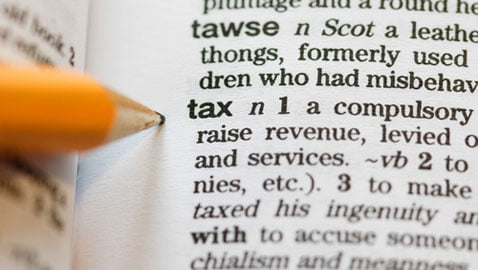
Residential property transactions are fuelling a higher increase in tax revenues for the government, London Chartered Accountants Blick Rothenberg LLP has explained.
Monthly figures released by HMRC show that the government’s tax take is up for yet another month and that residential property transactions are showing the largest rate of increase.
Frank Nash, a senior partner with the firm, said: “Stamp Duty is consistently pulling in over £800m a month for the last quarter. This is a watershed figure because it has never gone above this since 2008. This is as a direct result of residential property transactions.
“There have been over 200,000 residential property transactions alone in the last two months and a million in the last 12 months. There have been half a million transactions since the government’s Help to Buy Scheme (HTB) was put in place in (April). The last quarter’s home transactions are the largest for the last five years.”
Nash said that the increase in tax take was being fuelled by an increased demand for property which combined with low interest rates, and on the supply side government incentives through the HTB scheme and de-regulation was boosting the residential property arena.
He added: “The Government is lending new buyers a 20% deposit. This could fuel growth, inflation and house prices. It needs to be tempered and perhaps be a long-term rather than a short-term scheme. New buyers should have the same opportunities over a longer time scale.”
Nash said that there was was further good news because this probably means that consumer spending will increase (on ancillary housing items), and therefore increase the VAT take.
He said: “This highlights the importance of the property market for the UK economy in terms of its overall health.”